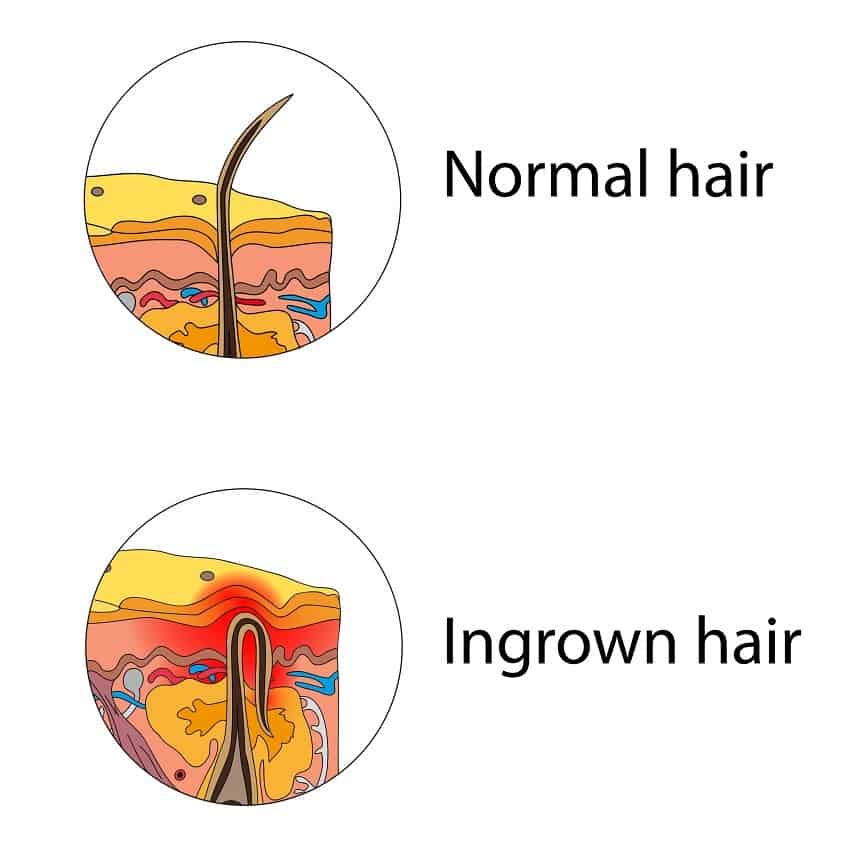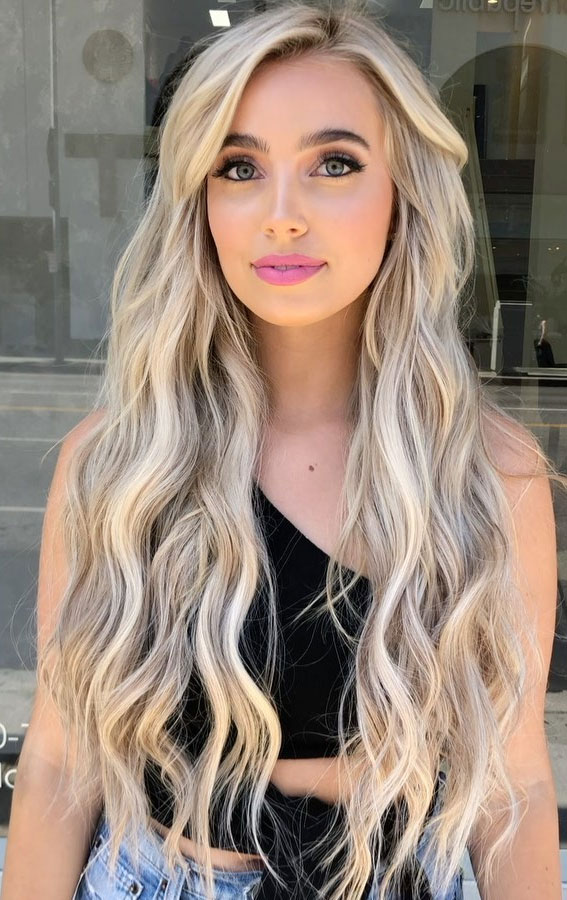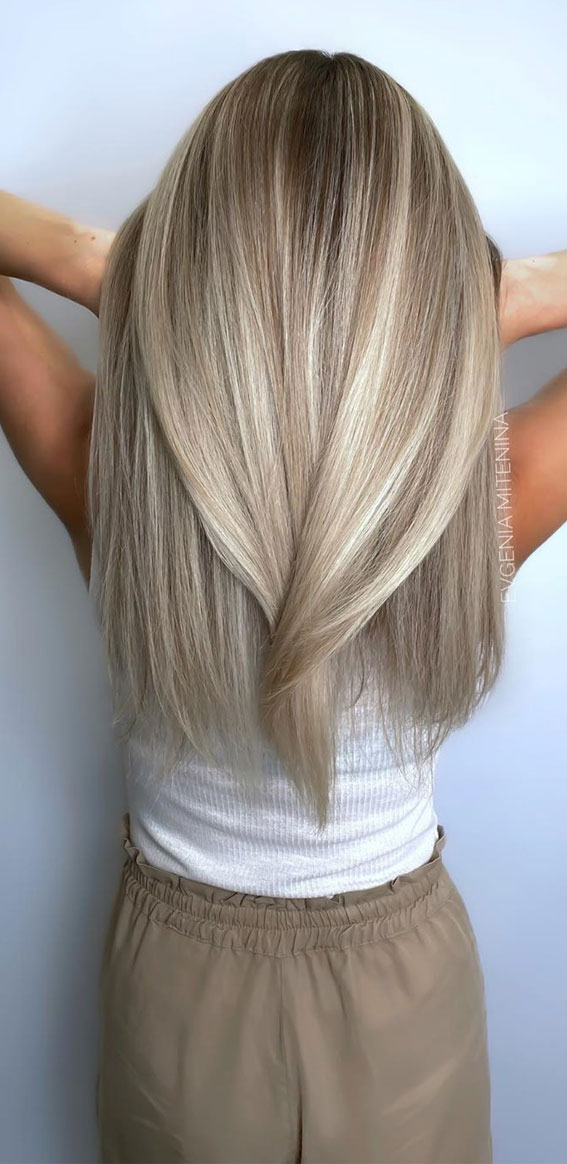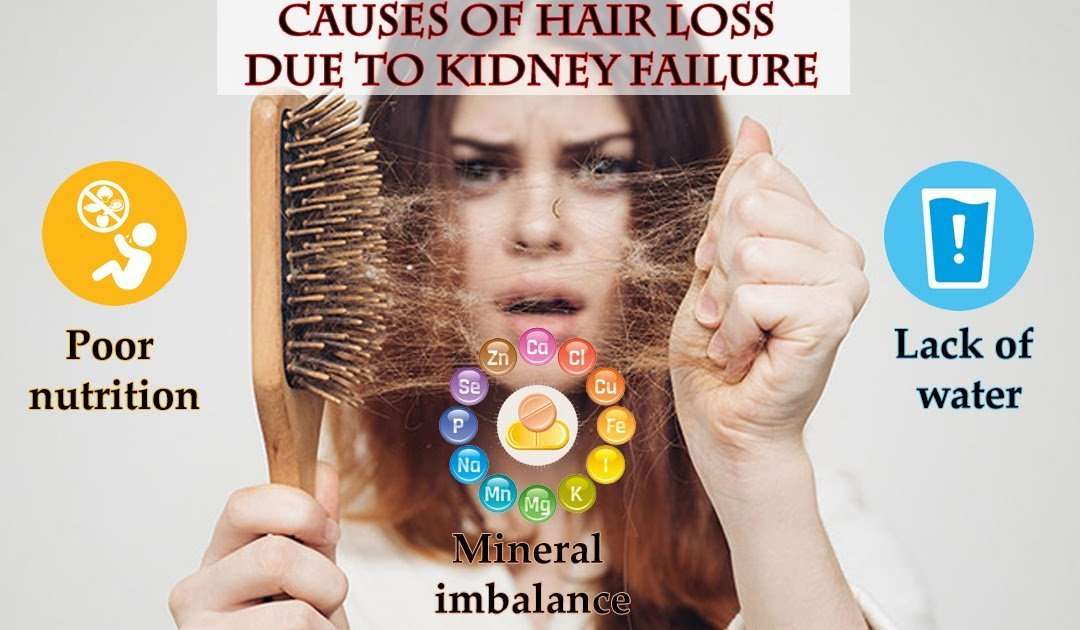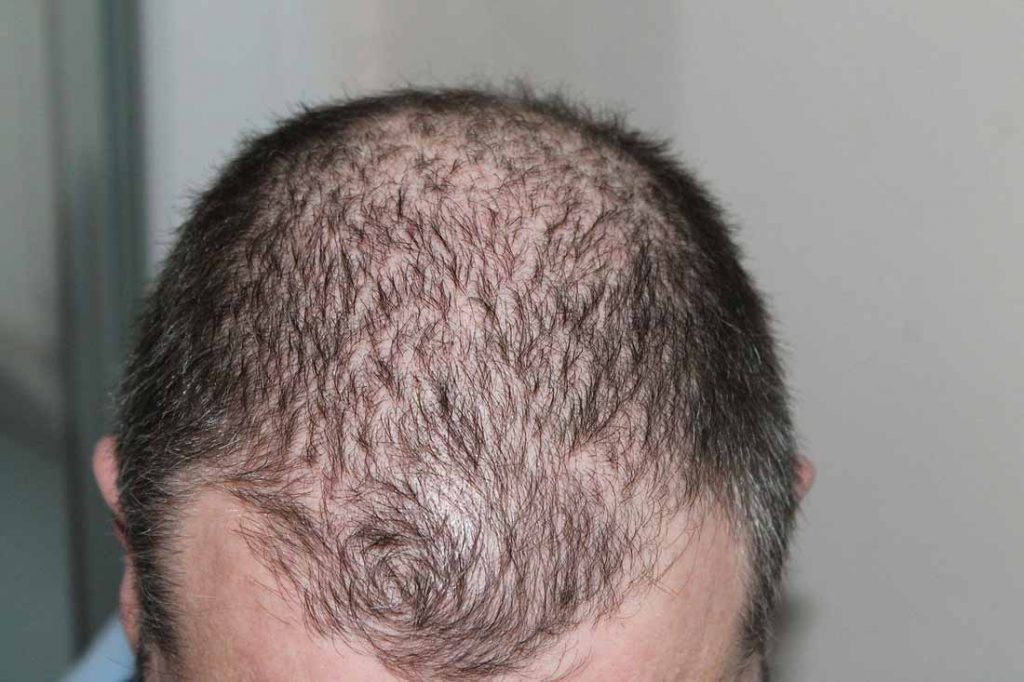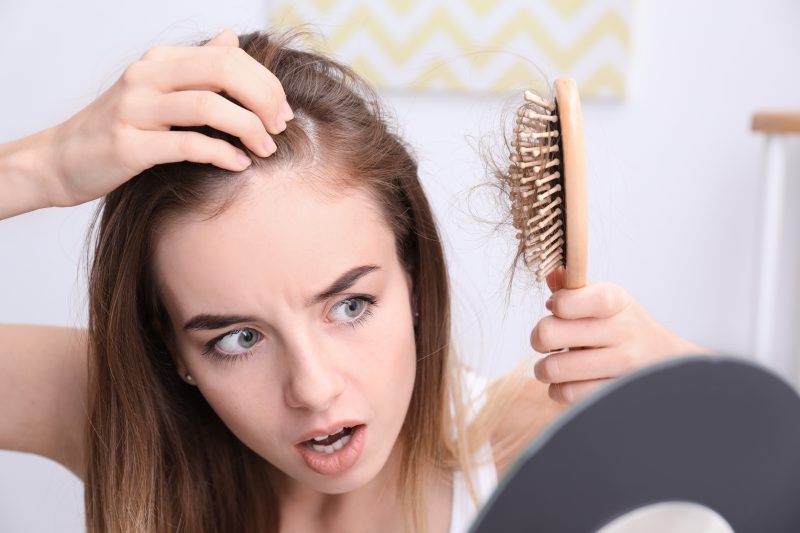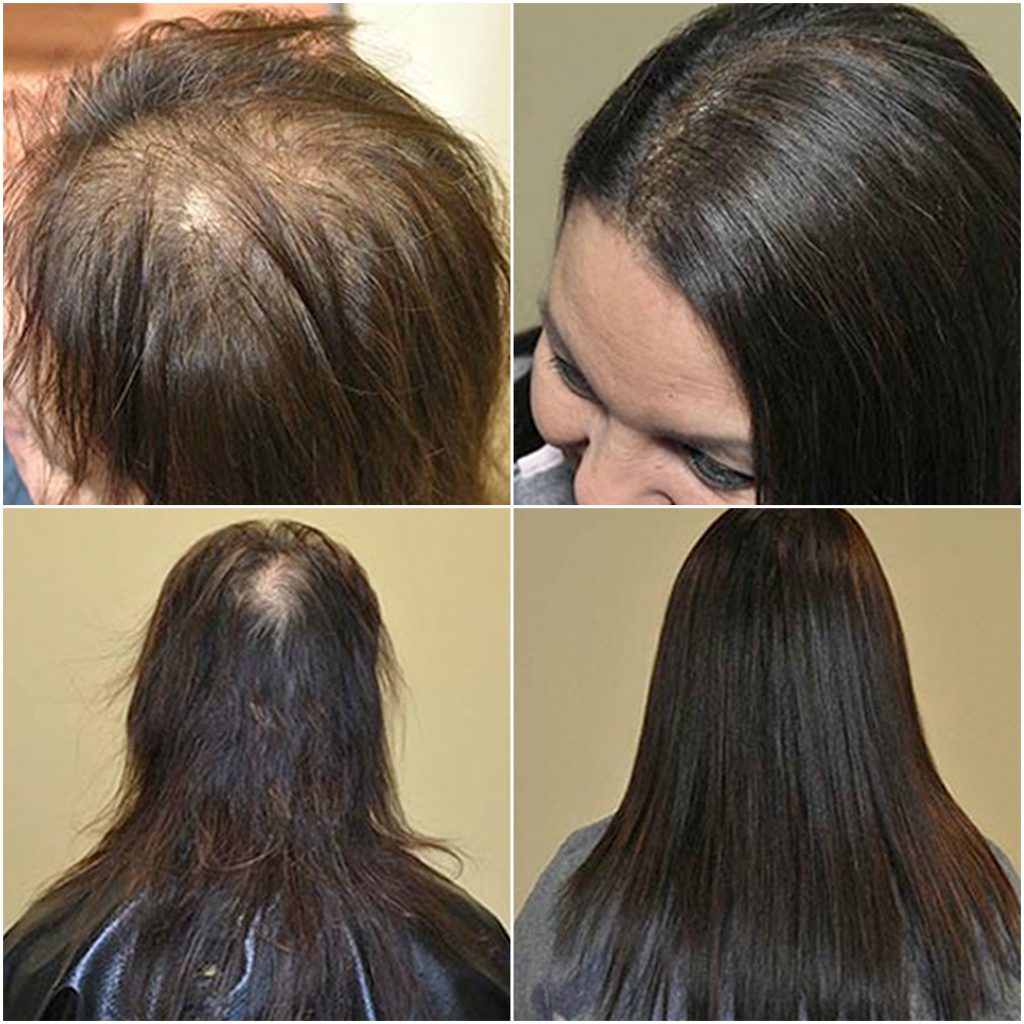Table Of Content
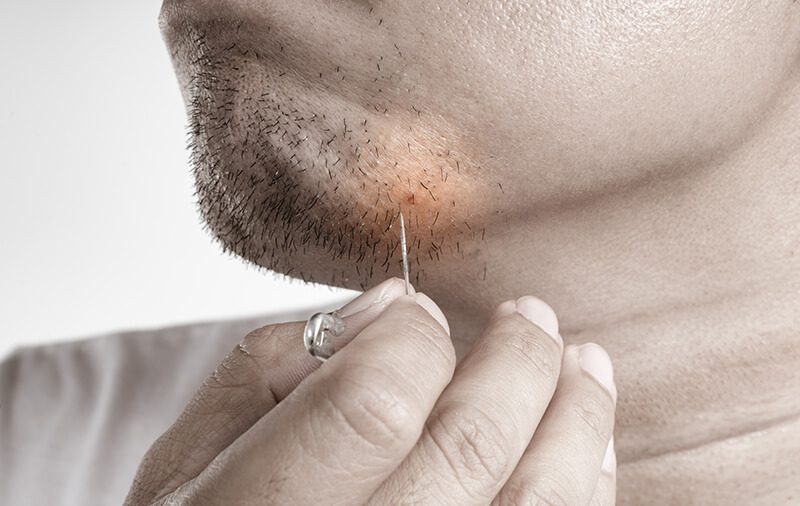
Identifying which of these two problems you are dealing with is important, because the ways you should treat them are different.Both, acne and ingrown hair develop in hair follicles. However, acne is formed from dead skin and oil buildups that cause pore blockage. There never is a single reason behind such a complicated condition. And, it really is difficult to find out the actual reason. But, a few reasons can be enumerated depending on the common scenarios of ingrown facial hair. Facial or any hair is supposed to grow upward, ingrown hair occurs if it starts to grow sideward or downward.
What Causes Deep Ingrown Hair?
By taking your time, you also turn the regimen into more of a therapeutic process. An ingrown hair is always a nuisance—especially if it's planted squarely on the face. And when it comes to facial ingrown hairs specifically, those assigned male at birth are far more likely to experience them (due to the coarser texture of the hair). Ahead, we tapped board-certified dermatologists James Collyer and Karan Lal to share their tips for preventing and treating facial ingrown hairs. Alternatively, your doctor might prescribe topical treatments like retinoids, which help reduce skin hyperpigmentation and remove dead skin cells. They also might prescribe steroids, which reduce inflammation and swelling.
Causes of Pseudofolliculitis Barbae
However, if an ingrown hair is really bothering you or lasts more than a couple of weeks, make an appointment to see your primary care doctor or a dermatologist. What you probably don't want to do is remove the deep ingrown hair yourself. This puts you at risk of damaging your skin or causing an infection, which often isn't worth the risk considering that a large percentage of ingrown hairs go away on their own. This means that most of the time, you don't need to worry about removing them. "I encourage patients not to pick at ingrown hairs on their own because it can cause damage, scarring, or infection, especially if sharp tools are used," says Engleman.
Frequently asked questions about ingrown hair cysts
Most of the time ingrown hairs clear up on their own, but if they become red and sore, they could be infected and need attention from a medical professional. If ingrown hair infections recur or are severe, you may have an underlying condition that needs medical treatment. Ingrown hairs are most common in areas of hair removal, such as the face, legs, armpits, and pubic region. Shaving and waxing creates sharper hairs that tend to get trapped in the skin. Typically, new hair grows straight out of the follicles in the skin. As the hair matures, it exits the skin’s surface and continues to grow.
Area of the Body
But sometimes, the hair grows crooked or curls back under before it has a chance to exit the skin. In most cases, ingrown hairs are treated at home and do not require medical attention. There are a few times when a doctor may need to be involved.
Though we've all been there, Carqueville says that picking is a bad idea. "Exfoliate the surface of the skin so the hair follicle can come out of its pore without interruption," says dermatologist and dermopathologist Jordan C. Carqueville. For a severe infection, they can prescribe medication to treat it and coax the hair out. For example, prescription steroid creams can reduce inflammation, and prescription-strength antibiotic creams can treat the infection.
Keeping Your Pandemic Beard? Solve Skin Problems Caused by Your Facial Hair - Yale Medicine
Keeping Your Pandemic Beard? Solve Skin Problems Caused by Your Facial Hair.
Posted: Wed, 01 Sep 2021 07:00:00 GMT [source]
Estetist Razor Bump Stopper Solution
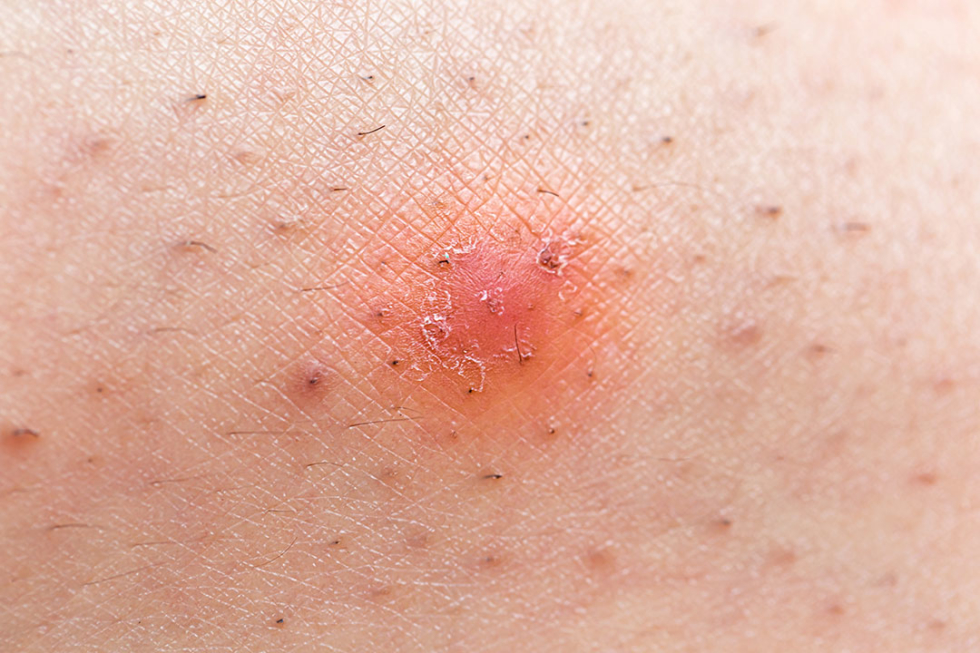
Sometimes the hair will exit the pore normally, but do a sharp "U-turn" and grow back into the skin from the surface. The results of electrolysis and laser hair removal are immediate. It is possible that you don’t suffer from any kind of infection, and the pustule on your skin is only the product of your immune system as a response to an invader. However, sometimes the infection spreads and evolves into an infected hair follicle. Inside the bumps you will notice a pustule or papule with a hair in the center.The severity of the symptoms may vary depending on your genetics, overall health and lifestyle.
How to treat an ingrown hair at home
Every medical treatment option should be discussed with a doctor or dermatologist before use. Poor shaving techniques also add to the risk of ingrown facial hair. Some people pull their skin taut while shaving, but this often results in cutting the hair too short.
Ingrown hairs typically don’t surface at first, but you may notice a large bump, swelling, or itchiness. For those who already have an ingrown hair, here’s how to get rid of one below. See more tips on prevention and causes in the next section. If your cysts are hereditary, you may need ongoing treatments as they recur. Every pore on your skin contains a hair follicle, some fine and some coarse. Pores are the small holes in our skin that allow sweat and oil to reach the surface of the glands underneath.
To prevent scarring or infection, don’t pick at, scratch or pop your ingrown hairs. Chances are good a loop of the hair is very close to the skin surface, so if you can get the needle or tweezers tips in that loo you can snag it and pull it out more easily. If you try to dig out an ingrown hair with tweezers and needle you are risking infection or scarring.
Ingrown hair isn’t something to be worried about but it may cause irritation and itchiness to the skin. Then before shaving, use warm water to soften your skin and apply shaving cream or shaving soap. If using an electric razor, hold it slightly above your skin so it doesn’t irritate your skin and pores. Experts also recommend exfoliating with salicylic or glycolic acid. In a circular motion, use a warm washcloth with a gentle facial soap to clean and remove dead skin cells.
A chemical exfoliant, like glycolic acid, is found in a majority of treatments on this list and can remove dead skin cells without any scrubbing. Dr. Chacon notes that you lower the chances of hair growing into the skin by using lotions and products that contain glycolic acid. This treatment also includes witch hazel, papaya, and aloe leaf extract to help calm the skin down and reduce the risk of developing razor bumps and redness. Get into the habit of applying cold water or witch hazel to your face immediately after shaving or waxing. Both can reduce irritation, tighten pores, moisturize, and help treat ingrown hairs.
Best Ingrown Hair Treatments for Men - Men's Journal
Best Ingrown Hair Treatments for Men.
Posted: Thu, 28 Sep 2023 07:00:00 GMT [source]
A curved hair follicle, which produces tightly curled hair, is believed to encourage the hair to reenter the skin once the hair is cut and starts to grow back. Shaving creates a sharp edge on hair, making it easier to pierce the skin. If you can't go that long without removing your hair and other self-care techniques aren't helping, your health care provider might recommend medications, laser-assisted hair removal or both. Most ingrown hairs will go away on their own without treatment after a few days; though, severe cases may take several weeks. By taking better care of your skin and shaving with a sharp razor you can reduce the likelihood of those little red bumps from developing in the first place. If you shave on a regular basis then you are more likely to be dealing with ingrown hairs, and these hair removal tips will certainly help to keep them from coming back shortly.
Eventually that wild hair will be easier to pull from the skin. This test tells if you suffer from an infection, either bacterial or fungal. Since you’re not quite sure what’s causing them and how to make them disappear, all this makes you anxious, nervous and a bit worried.
When ingrown facial hair penetrates the skin, the area can become irritated and inflamed, causing pain, itchiness, and redness. There are several ways to prevent ingrown facial hair in addition to avoiding the process of hair removal. After shaving, it’s best to apply the oil with the included dropper and rub into clean, dry skin to start the hydration process. While we picked this as a great treatment for your legs, it can be used all over the body to help prevent ingrown hairs.
The treatment contains lavender and willowherb which help soothe your skin and give the gel a very pleasant scent. The First Aid Beauty Ingrown Hair Pads utilize witch hazel and aloe to soothe and soften your skin, along with glycolic acid to chemically lift dead skin cells. If the infection doesn't begin to improve in a few days, you should see your doctor, who can release the ingrown hair with a small cut. "The best way of removing an ingrown would be with a laser," says Karavolas. "It would target the ingrown without damaging the surrounding area and remove [the hair] without causing scarring or pigmentation."
